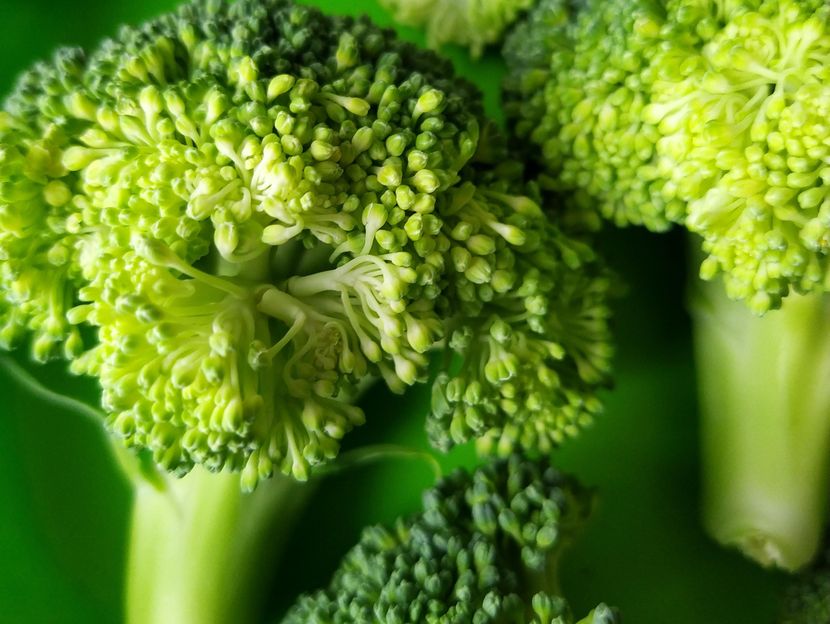Broccoli and kale microgreens pack a nutritional punch that varies with growing conditions
Although microgreens were initially gourmet ingredients for upscale restaurants, they’ve become popular among gardeners and home cooks. Despite their “superfood” label, the levels of healthful compounds, such as phytonutrients, in most varieties of microgreens are unknown. Researchers in ACS Food Science & Technology now report that kale and broccoli microgreens grown in either windowsills or under commercial growing conditions are rich in phytonutrients, though the levels of some compounds varied considerably between the two environments.

unsplash
As indoor gardening has taken off in recent years, microgreens have added a pop of color to the windowsills of many homes. The most commonly planted varieties of these small seedlings are from the Brassica family, which includes broccoli, kale, cabbage and mustard. The mature, fully-grown versions of these vegetables are rich in vitamins, minerals and phytochemicals, and environmental conditions can impact the plants’ nutritional contents. But not much is known about the levels of these compounds in young microgreens. In a previous study, Thomas Wang, Pei Chen and colleagues observed that red cabbage microgreens had higher amounts of phytonutrients that have been reported to have antioxidant and anticancer properties, including polyphenols and glucosinolates, than the full-grown vegetables. However, similar assessments haven’t been done on other Brassica seedlings. So, the researchers wanted to measure the levels of polyphenols and glucosinolates in broccoli and kale microgreens, and then compare data from those grown on windowsills to those raised in commercial growth chambers.
The researchers placed trays of newly planted broccoli and kale seeds either on a windowsill in natural sunlight or inside a temperature- and humidity-controlled refrigerator-like growth chamber with artificial sunlight for 12 hours a day. Ten full days after seeding, the team harvested the plants and assessed the phytonutrient content with a liquid chromatography high-resolution mass spectrometry system. The broccoli and kale microgreens were rich in polyphenols and glucosinolates, no matter how they were grown. But there was considerable variability in the amounts of individual compounds when comparing the two growth environments. For instance, three flavanol compounds that contribute to the plant’s dark color and bitter taste were higher in windowsill-grown microgreens. However, chamber-grown plants had higher levels of two glucosinolates, which are antioxidant- and anticancer-related compounds. Overall, the growth environment for kale and broccoli microgreens affects the abundance of individual phytonutrients, the researchers say, which could affect their flavor and potential health benefits.
The authors acknowledge funding from U.S. appropriated funds to the U.S. Department of Agriculture, Fundamental Research Funds for the Central Universities of China and the State Scholarship Fund of China Scholarship Council.
Most read news
Topics
Organizations
Other news from the department business & finance

Get the food & beverage industry in your inbox
By submitting this form you agree that LUMITOS AG will send you the newsletter(s) selected above by email. Your data will not be passed on to third parties. Your data will be stored and processed in accordance with our data protection regulations. LUMITOS may contact you by email for the purpose of advertising or market and opinion surveys. You can revoke your consent at any time without giving reasons to LUMITOS AG, Ernst-Augustin-Str. 2, 12489 Berlin, Germany or by e-mail at revoke@lumitos.com with effect for the future. In addition, each email contains a link to unsubscribe from the corresponding newsletter.




























































